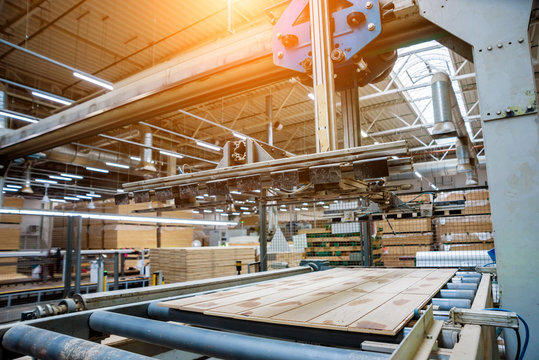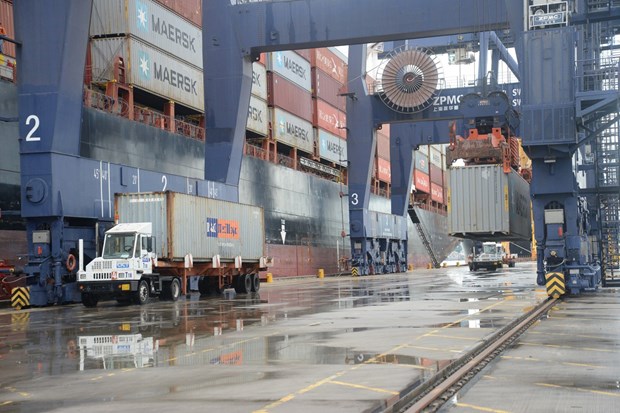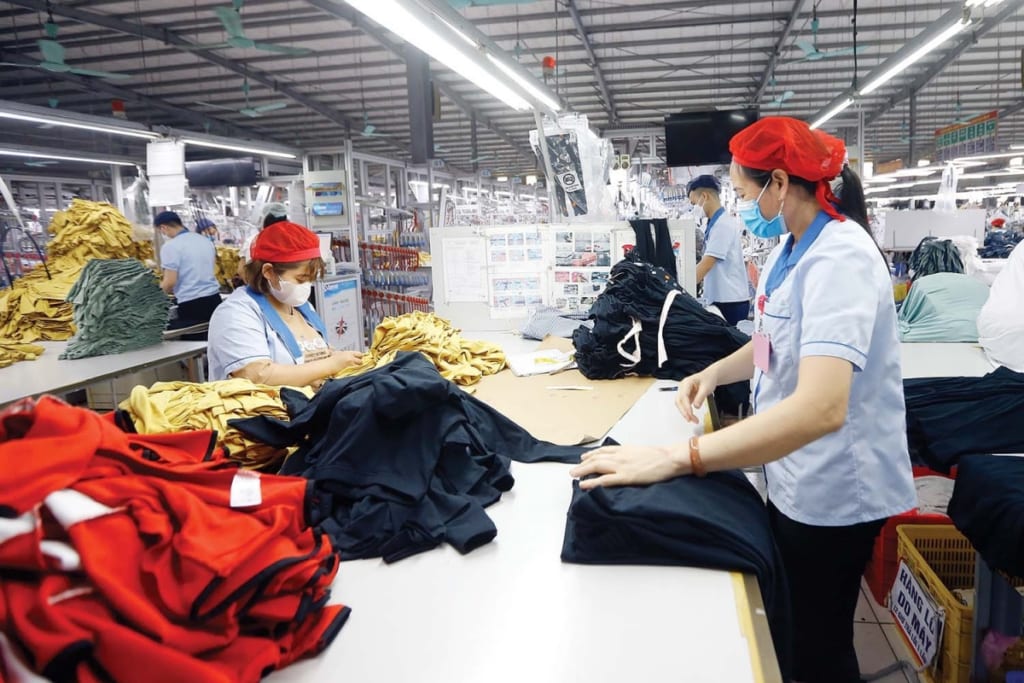Vietnam’s construction industry is booming, and with it, the demand for skilled labour has risen significantly. At the heart of this growth are Vietnamese carpenters, whose expertise plays an indispensable role in shaping the nation’s urban and industrial landscapes. From traditional homes to skyscrapers and sustainable buildings, carpenters are key players in creating the structural and aesthetic elements that define modern architecture.
This article delves into how Vietnamese carpenters are impacting the construction industry, blending traditional craftsmanship with modern techniques, and adapting to new materials and challenges. Their work is crucial in defining the future of construction in Vietnam.
Vietnamese Carpenters in the Expanding Urban Landscape
Vietnam’s rapid urbanization has led to an unprecedented construction boom, especially in cities like Ho Chi Minh City and Hanoi. The rise of residential towers, commercial complexes, and infrastructural developments has created a massive demand for skilled carpenters.
Building the Frameworks of Modern Vietnam
Carpenters in Vietnam are responsible for the structural frameworks that support residential, commercial, and industrial buildings. While their work is often unseen once a building is complete, the expertise of Vietnamese carpenters ensures that these structures are safe, durable, and aesthetically pleasing. From crafting sturdy frameworks to intricate finishings, carpenters help translate architectural designs into functional, liveable spaces.
In high-rise construction, carpenters are tasked with building intricate frameworks for walls, floors, and roofs. As more urban projects emerge, carpenters are expected to deliver high-quality work at a fast pace, adapting their techniques to the specific needs of modern architecture. Their work doesn’t just involve wood; carpenters now work with steel, concrete forms, and composite materials, ensuring they stay relevant in a changing construction environment.
Traditional Skills Meet Modern Technology
Carpentry has long been regarded as a craft that requires a deep understanding of materials and a steady hand. However, Vietnamese carpenters today must also master modern tools and technologies to meet the evolving needs of the construction industry.
Adopting New Technologies in Carpentry
While traditional hand tools like saws, chisels, and hammers remain in use, today’s carpenters increasingly rely on power tools and machinery to enhance efficiency and precision. Moreover, with the introduction of computer-aided design (CAD) and CNC (computer numerical control) machines, carpentry has entered a new phase where digital accuracy complements manual skill.
For example, Vietnamese carpenters now use CNC machines for cutting and shaping wood, which allows them to create intricate designs with far greater precision than ever before. CAD software helps them visualize and plan complex structures or custom pieces, ensuring that their work aligns perfectly with the overall architectural vision.
Blending Craftsmanship with Modern Materials
Modern construction materials like engineered wood, composite materials, and prefabricated components are increasingly replacing traditional timber. Vietnamese carpenters have had to adapt their skills to work with these new materials, blending their craftsmanship with modern building practices. This shift not only improves the durability and sustainability of construction projects but also opens up new possibilities for innovative designs.
Despite the move toward modern materials, the craftsmanship that defines carpentry remains integral to the work of Vietnamese carpenters. Even when working with engineered products, it’s the precision and expertise of the carpenter that brings architectural designs to life.
Challenges Faced by Vietnamese Carpenters in Modern Construction
The modern construction landscape presents both opportunities and challenges for Vietnamese carpenters. As the demand for skilled labor grows, carpenters must navigate a range of difficulties, from working with new materials to adhering to strict building codes and safety regulations.
Adapting to New Building Standards and Materials
With the rise of high-rise buildings, carpenters must ensure that their work complies with strict structural and safety standards. Unlike traditional houses, where wood was the primary material, today’s carpenters must often work with composite materials, metal, and concrete. This shift requires them to continually update their skill sets and stay informed about the latest construction techniques.
Additionally, Vietnamese carpenters must be familiar with the stringent building codes and regulations that govern modern construction. Failure to meet these standards can result in costly delays, safety risks, or even project cancellations.
Safety Concerns on Large Construction Sites
Construction sites, particularly large-scale urban projects, can be hazardous environments. Carpenters work at various heights, with heavy materials, and often in unpredictable weather conditions. Ensuring worker safety is a significant concern. The introduction of modern safety gear and practices, such as harnesses and scaffolding, has helped reduce risks, but carpenters still face dangerous situations daily.
For Vietnamese carpenters, adapting to larger construction sites with more sophisticated equipment and complex designs means they must constantly be vigilant about safety. Proper training in new safety protocols and the use of advanced machinery is crucial to preventing accidents and ensuring that projects are completed without incident.
Training and Skill Development for the Next Generation of Vietnamese Carpenters
The demand for skilled Vietnamese carpenters is on the rise, driven by Vietnam’s construction boom. To meet this demand, vocational training programs are emerging across the country, offering courses that teach both traditional carpentry skills and modern construction techniques.
Vocational Training and Certification Programs
Many young carpenters in Vietnam begin their careers through apprenticeships, learning from experienced craftsmen. However, formal training programs are becoming increasingly important as the industry grows more complex. Vocational schools now offer courses in carpentry that cover not only the practical aspects of the trade but also the use of technology like CAD and CNC machines.
Certification is another critical aspect of modern carpentry. Certified carpenters are more likely to find work on large-scale projects, as construction companies seek professionals who are trained to meet safety and quality standards.
Bridging the Gap Between Tradition and Innovation
While traditional carpentry remains valued, the next generation of Vietnamese carpenters must also embrace innovation. The ability to blend old-world craftsmanship with cutting-edge technology is what will define the future of carpentry in Vietnam. Through ongoing education and training, carpenters can ensure their skills remain relevant and in demand.
Vietnamese Carpenters in Sustainable Construction
As sustainability becomes a priority in Vietnam’s construction industry, Vietnamese carpenters are playing an important role in shaping greener building practices. The move toward eco-friendly materials and energy-efficient designs has placed carpenters at the forefront of sustainable construction.
Eco-Friendly Materials and Sustainable Practices
One of the most significant changes in the industry is the shift toward using sustainable materials. Recycled wood, bamboo, and engineered timber are becoming popular choices in both residential and commercial projects. Vietnamese carpenters are adapting to this change by learning how to work with these materials while maintaining the same level of craftsmanship.
Sustainability also involves reducing waste during the construction process. Carpenters are now tasked with maximizing the use of materials and minimizing offcuts, contributing to more sustainable construction practices overall.
Carpenters and Energy-Efficient Building Designs
Another area where Vietnamese carpenters contribute to sustainability is through energy-efficient design. From building well-insulated frameworks to constructing window and door systems that reduce energy loss, carpenters help ensure that buildings meet modern efficiency standards. This not only reduces the environmental impact of the building but also helps homeowners and businesses save on energy costs.
Vietnamese Carpenters’ Impact on Interior Design and Custom Work
Beyond their role in structural work, Vietnamese carpenters are also making a significant impact in the field of interior design. Skilled carpenters are often called upon to create custom furniture, cabinetry, and woodwork that add value and character to homes and commercial spaces.
Custom Furniture and Woodworking
Custom woodwork has become a hallmark of high-end residential and commercial spaces. Vietnamese carpenters are sought after for their ability to craft one-of-a-kind pieces, such as built-in shelving, staircases, and furniture, that are tailored to the specific needs of a space. Their craftsmanship adds a unique element to interior designs, blending function with aesthetic appeal.
Blending Functionality with Aesthetics
In addition to custom furniture, Vietnamese carpenters play a vital role in balancing functionality with design. They are responsible for creating the detailed trim, molding, and paneling that give a space its distinct look and feel. Through their skill, they enhance the visual appeal of interiors while ensuring the practicality of the design.
Conclusion: Vietnamese Carpenters and the Future of Construction
Vietnamese carpenters are shaping the future of Vietnam’s construction industry. Their ability to combine traditional craftsmanship with modern technology makes them indispensable in an era where construction is becoming more advanced and sustainable. As Vietnam continues to urbanize and expand its industrial base, the role of carpenters will only grow in importance.
By adapting to new materials, embracing sustainable practices, and mastering modern tools, Vietnamese carpenters will continue to be key players in the country’s transformation. Their work not only impacts the physical structures of Vietnam’s cities but also contributes to the broader economy and the push toward more sustainable and efficient construction practices.




